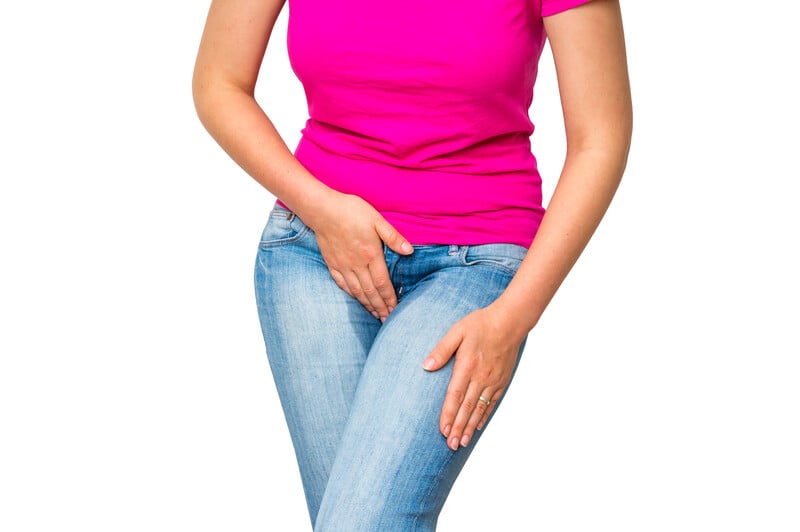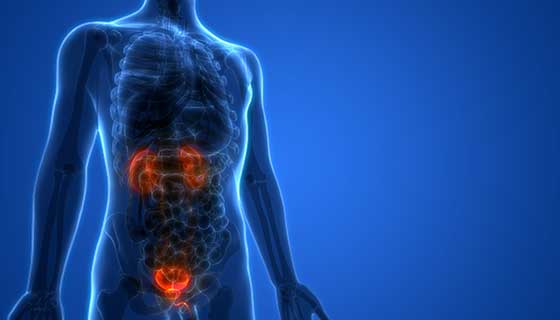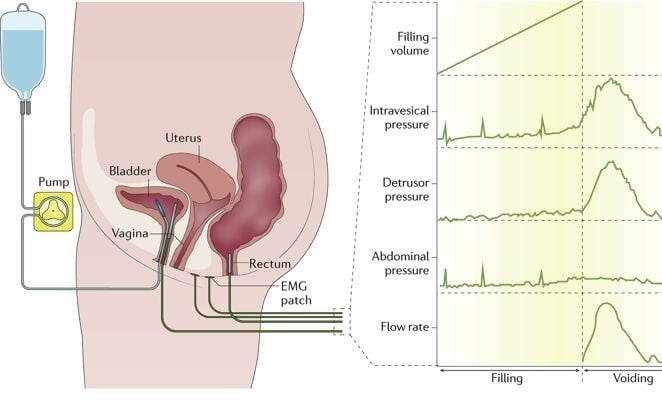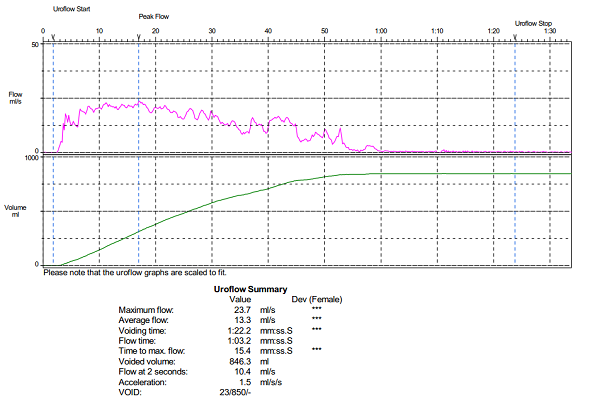The vast majority of clinicians, experts, and medical bodies agree that urodynamic studies (UDS) have real clinical value. However, certain clinical studies have questioned the efficacy of urodynamics for certain groups of patients with specific health conditions.
Many clinicians want to know: Does the data back up the commonly held idea that urodynamic studies are worth it to patients and providers? Are these diagnostic tools merely clarifying complex issues or punching above their weight by helping to deliver deep diagnostic value?
These questions are by no means simple. To find answers, we looked at a recent meta-analysis that's been making the rounds – Here's what we took away from the experience.







